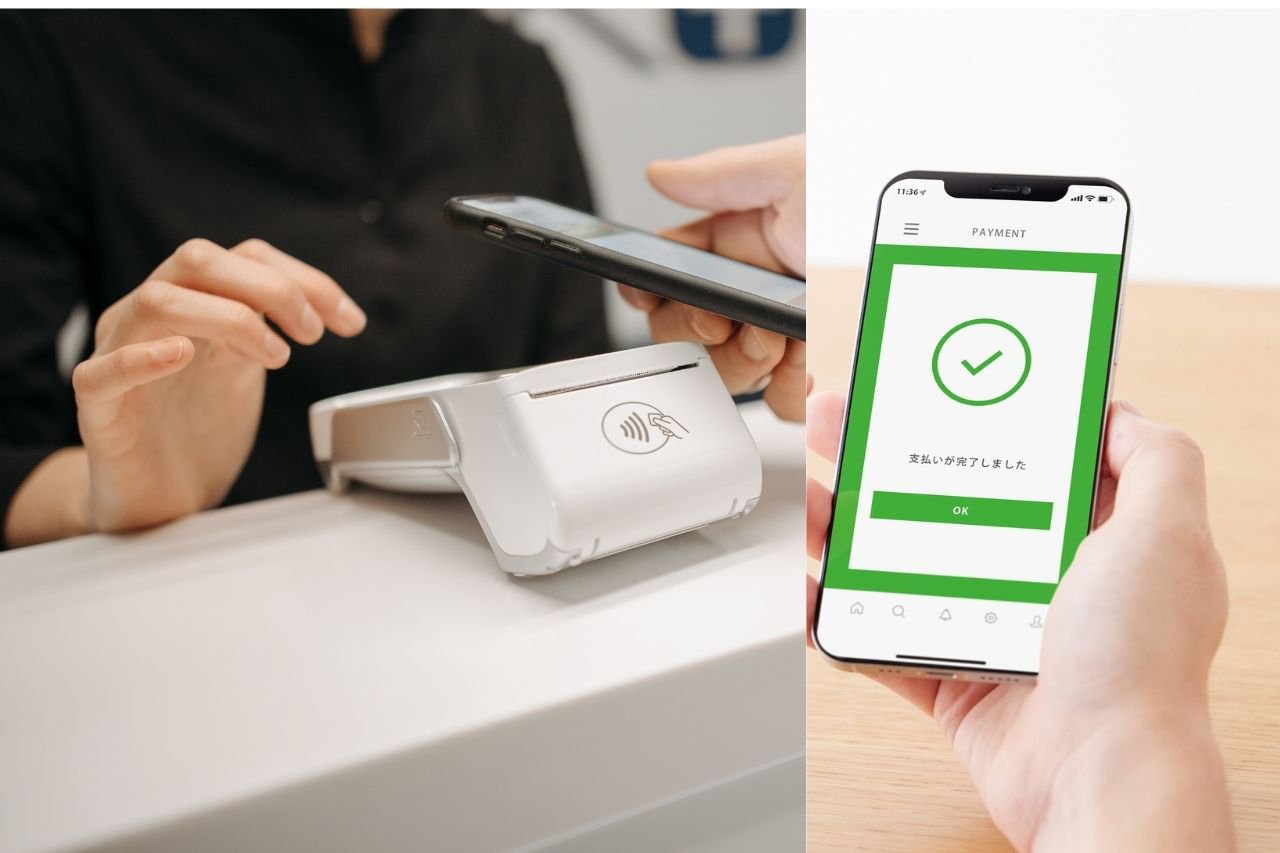Online Payment Systems and Types

What is an Online Payment System and Why is it Important?
With the widespread growth of e-commerce, online payment systems have become indispensable for both businesses and consumers. Online payment systems are infrastructures that enable payments through credit cards, bank cards, digital wallets, and alternative payment methods. They offer businesses the ability to receive instant payments and provide consumers with a secure and fast shopping experience. Online payment systems stand out as a factor that enhances customer satisfaction while offering operational ease for businesses. Consumers can complete their purchases quickly and effortlessly, while businesses can automate payment processes to manage cash flow more efficiently.
What are Online Payment Systems?
There are various payment systems that e-commerce businesses can choose from. These systems are widely used both in Turkey and globally.
Payment with Credit/Bank Cards
One of the most commonly used payment methods on e-commerce sites. Payments can be made using credit or bank cards through a virtual POS (Point of Sale). Virtual POS services provided by banks and financial technology companies accelerate payment processes while improving the customer experience. Security measures such as 3D Secure minimize the risk of fraud.
Digital Wallets
Digital wallets allow users to store various payment information in a virtual environment. These systems enable users to make payments with just a few clicks and generally offer high security through encrypted connections. Customers do not need to enter their card information every time, which speeds up the payment process.
Bank Transfer/EFT Payment
In this method, customers make payments directly to the business's bank account via bank transfer or EFT. Although it is an attractive option for consumers who want to avoid commission fees, the transaction time may vary between banks and may require manual approval.
Payment via Link
This method is ideal for small businesses and individual sellers. In this system, businesses can send a payment link to customers via social media, email, or SMS to collect payments. Links created through a reliable payment provider offer customers a fast and easy payment experience.
Cash on Delivery
Another popular payment method in e-commerce is cash on delivery. In this method, the consumer can pay in cash or by credit card when receiving the order. To increase reliability, some shipping companies offer payment services via POS devices. However, businesses should note that operational costs may be higher for this option.
Virtual POS (Point of Sale)
Virtual POS is one of the most common and advantageous payment methods for e-commerce businesses. This system enables businesses to accept online payments through credit cards, bank cards, and prepaid cards by allowing physical POS devices to operate in a virtual environment. Virtual POS provides various security measures (such as 3D Secure) to increase transaction security. Additionally, the payment process is fast and user-friendly, improving the shopping experience for customers.
Prepaid Cards
Prepaid cards are typically provided by banks or financial institutions and have a certain balance. The customer completes their online purchases by spending the balance loaded onto the card. This payment method reduces the risk of debt because customers can only spend the amount available on the card. E-commerce businesses can reach a broader customer base by supporting this method.
Benefits of Digital Payment Systems
Digital payment systems offer many advantages to both businesses and consumers compared to traditional cash and physical card payments. With the rise of e-commerce and digital services, it has become critical for businesses to offer secure and fast payment options to remain competitive. Here are the main advantages of digital payment systems:
Fast and Easy Transactions
Digital payment systems speed up the shopping process, saving time for both businesses and consumers. While traditional payment methods may involve time-consuming processes at the checkout or with bank transactions, online payment systems complete transactions in seconds. Especially with contactless payment options, QR code payments, and mobile wallet usage, payments can be made without physical contact and without requiring extra steps. Moreover, automatic payment systems for subscription-based businesses make it easier for customers to pay each month and prevent payment delays.
Secure Payments
Digital payment systems reduce the risk of fraud with advanced encryption and security measures. Specifically:
SSL (Secure Socket Layer) Encryption: Ensures secure data transmission by protecting users' payment information.
3D Secure Authentication: Adds an extra layer of security to verify the cardholder's identity, such as sending a one-time password (OTP) to the user.
Tokenization Technology: Enhances security by using a randomly generated token instead of sharing card information directly.
Fraud Detection Systems: AI-supported systems detect abnormal transactions to protect against fraudulent activities. These security measures ensure that both consumers and businesses can be confident that their payment transactions are secure.
Global Sales Opportunities
Digital payment systems allow businesses to reach not only local markets but also global customers. Most online payment infrastructures support different currencies and local payment methods, facilitating international trade.
How Do Online Payment Systems Work?
Online payment systems are infrastructures that ensure secure and fast payments over the internet. The general process of how these systems work includes the following steps:
Product or Service Selection: The buyer selects the desired product or service on the e-commerce site and adds it to the shopping cart.
Choosing a Payment Method: The customer selects a payment option such as credit card, bank card, digital wallet, or bank transfer/EFT.
Entering Payment Information: The customer enters the relevant information for the selected payment method (card number, CVV code, IBAN, etc.) and confirms the transaction. At this stage, additional security measures such as 3D Secure or SMS verification may be applied to enhance security.
Payment Approval: The payment information is verified by banks or payment providers. If the information is correct and there is sufficient balance, the payment is processed successfully.
Notification to Seller and Buyer: Once the transaction is approved, both the buyer and the seller are notified that the payment process is complete.
Transfer of Payment to the Seller's Account: The bank or payment service provider ensures that the payment is transferred to the seller's account within the specified period (usually a few business days). This process offers a secure payment experience for both the buyer and the seller while supporting anti-fraud measures through various security protocols.
Conclusion
Online payment systems have become an essential part of digital commerce, providing businesses with security, speed, and operational convenience. They also make the shopping experience secure, fast, and practical for consumers. The variety of digital payment methods allows e-commerce businesses to expand into global markets and cater to their customers with diverse payment options. Therefore, investing in online payment infrastructure is one of the keys to gaining a competitive advantage and succeeding in the digital world.










